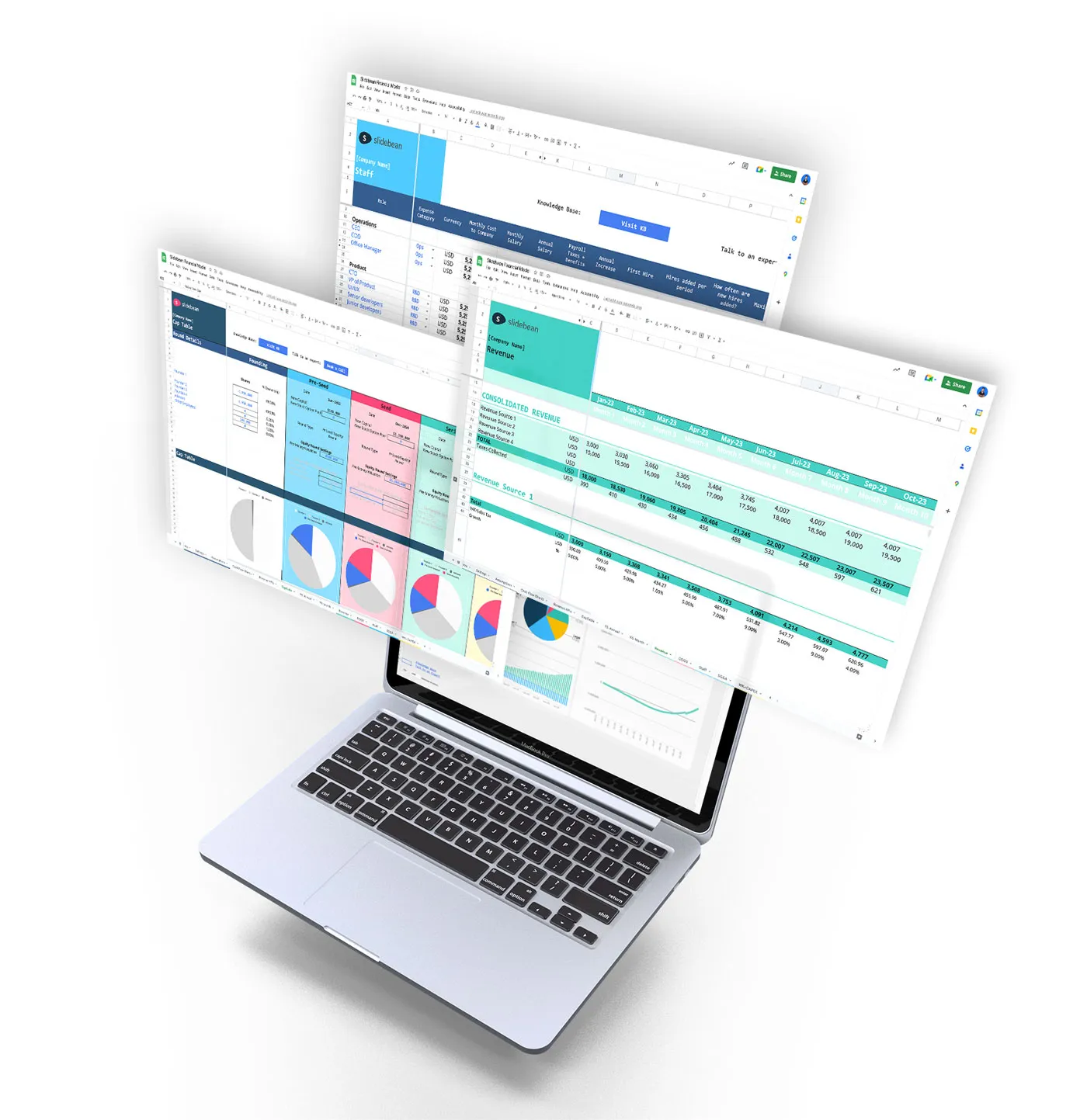
Not all SaaS companies grow the same way. Some scale through viral, low-touch signups. Others build content funnels that drive leads to demo calls. And some put on suits (or hoodies) and go door-knocking on big enterprises. Each of these is a different go-to-market (GTM) strategy, and it changes how you build, sell, hire, and model your business.
In our SaaS Financial Model tutorial, Caya breaks it down like this: "The art of projecting your company performance toward the future is key in the fundraising process... It’s a balance of exciting enough, yes, but also a balance of reality.”
These choices not only affect how you grow, but also how you forecast and model that growth. If you’re not yet familiar with how crucial financial modeling is for SaaS startups, this guide is a great place to start.
So in this article, we’ll walk you through the three GTM motions—Self-Service, Inbound, and Outbound—what makes them work, and how to model each one so your projections make sense (and impress investors).
1. Self-Service: Simple, Automated, and Driven by Marketing
Self-service SaaS is like an online store for software. Customers land on your website, learn about your product, sign up, and start using it, all without needing to speak to a human. This model relies heavily on marketing to generate traffic and a great product experience to convert that traffic into revenue.
It’s a great fit for tools that are simple, low-cost, and easy to adopt, think something like a $49/month design platform aimed at small business owners. Companies like Notion and Trello have grown this way, letting users discover the product on their own, try it for free, and upgrade when they’re ready, no sales team required.
When it works best:
- You offer a tool with a clear use case that users can understand quickly.
- Your pricing is low enough that buyers don’t need approval or negotiation.
- You want to grow efficiently by scaling traffic and letting your website do the selling.
How growth happens:
- Users discover your product through Google search, blog posts, social media, or ads.
- They visit your website, try your product via a free trial or freemium plan.
- A portion of those users upgrade to a paid subscription.
What to model:
- Traffic volume: How many people visit your site each month.
- Conversion rates: What % sign up, and what % of those start paying.
- ARPU (Average Revenue per User): What your typical paying customer is worth.
- Churn rate: What % of customers cancel each month.
- CAC (Customer Acquisition Cost): How much you spend on marketing to get a paying customer.
Tip: Growth compounds. Model traffic increases over time and experiment with improving conversion rates.
2. Inbound Sales: Lead-Driven, Assisted Sales Process
Inbound sales is a hybrid. People find your product online, but instead of buying instantly, they become a lead, by filling out a form, requesting a demo, or asking for more info. A sales rep then steps in to guide the process.
This is ideal for mid-ticket products where the buyer needs a bit of help to decide—like a $1,500/month analytics platform for e-commerce brands. HubSpot is a well-known example of this model in action. They attract leads with high-value content, and then their sales team steps in to nurture and close those deals.
When it works best:
- Your product has a higher price or more complex features that require explanation.
- Customers need to involve teammates or get budget approval.
- You want to balance automation with human connection.
How growth happens:
- Your marketing brings in qualified visitors—via blog content, webinars, or SEO.
- Visitors convert into leads by signing up for demos or free trials.
- Sales reps follow up, answer questions, and close the deal.
What to model:
- Lead volume: How many demo requests or trial signups you get.
- Conversion rate: What % of leads become paying customers.
- Sales rep workload: How many leads one rep can handle monthly.
- Time to close: Average days/weeks to convert a lead.
- CAC: Add together your marketing and sales team costs.
- ARPU & retention: Monthly revenue per account and how long they stay.
Tip: Inbound models require careful hiring. Model when to add new reps based on lead volume.
3. Outbound Sales: Direct, Manual, and Built on Relationships
Outbound sales flips the process. Instead of waiting for leads, you go after them. Your team identifies ideal customers, reaches out directly (cold emails, calls, LinkedIn), and tries to book meetings and close deals. It’s labor-intensive—but effective for high-value contracts.
It works best when you’re selling something expensive and tailored to large companies—like a $25,000/year workflow automation platform for logistics teams. Salesforce and Workday are strong examples here: they close large enterprise deals through structured sales teams, long sales cycles, and deep relationships.
When it works best:
- Your product is expensive and requires a consultative sale.
- You sell to larger businesses or enterprises.
- You know exactly who your customer is and how to reach them.
How growth happens:
- Your sales development reps (SDRs) build prospect lists and run outreach campaigns.
- When a prospect is interested, an account executive (AE) takes over to present, negotiate, and close.
- Contracts are typically annual and higher value.
What to model:
- Sales headcount: How many SDRs and AEs you have.
- Sales productivity: How many deals each rep closes per month.
- Sales cycle length: How long it takes to close a deal (often 1–6 months).
- ACV (Annual Contract Value): The average size of a closed deal.
- Churn and upsell: Renewal rates and how much customers expand over time.
Tip: Be realistic about ramp-up. Reps take time to train, build pipeline, and close their first deals.
Which Model Is Right for You?
Each model has trade-offs:
- Self-service is lean and scalable but demands great UX and growth marketing.
- Inbound adds human help but requires coordination between marketing and sales.
- Outbound can bring in big revenue but is resource-heavy and slow to start.
Start with the model that fits your product, price, and customer behavior. Then build your financial model around it.
Explore the Slidebean SaaS Financial Model – it’s built to help you model any of these strategies with real assumptions and automation.

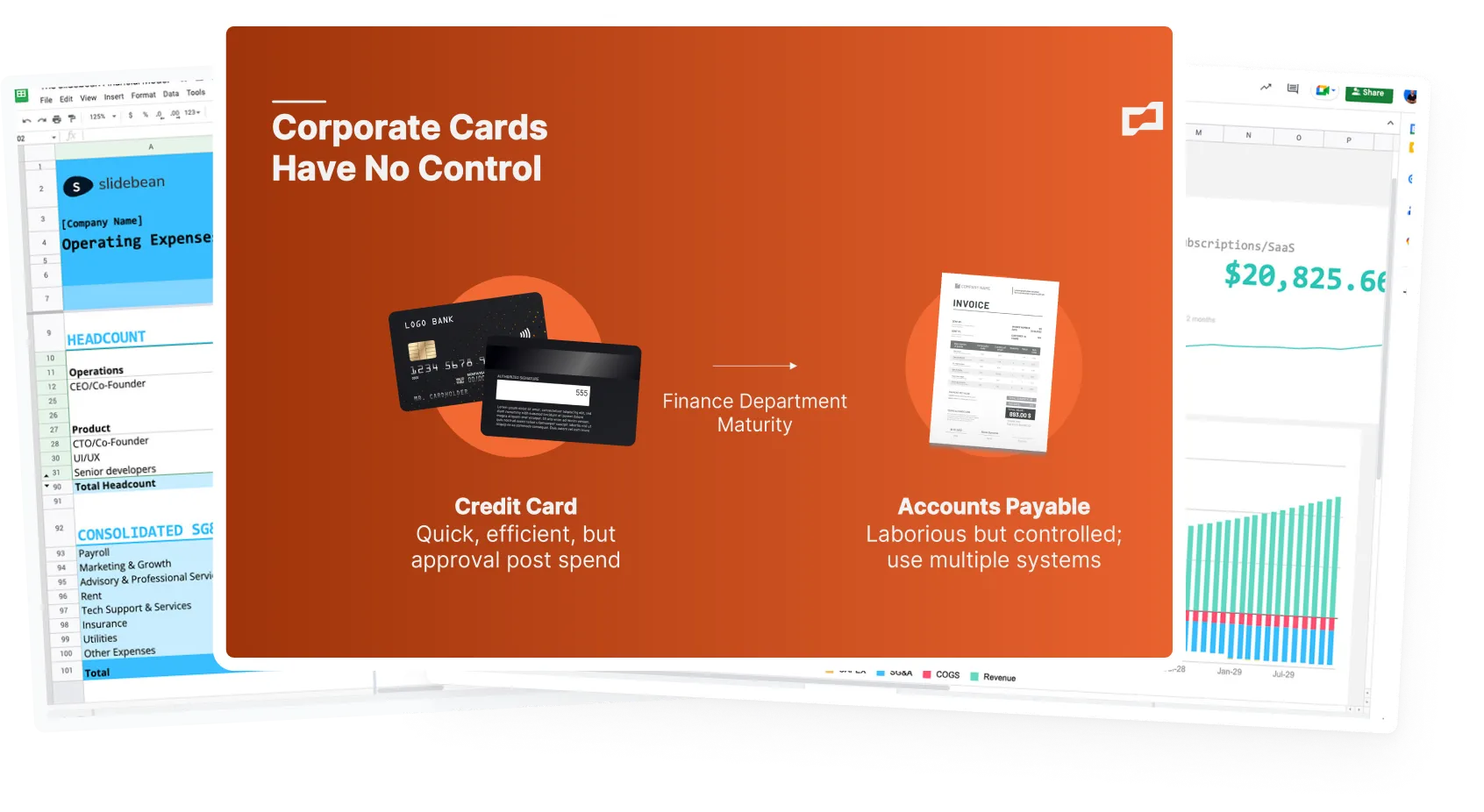
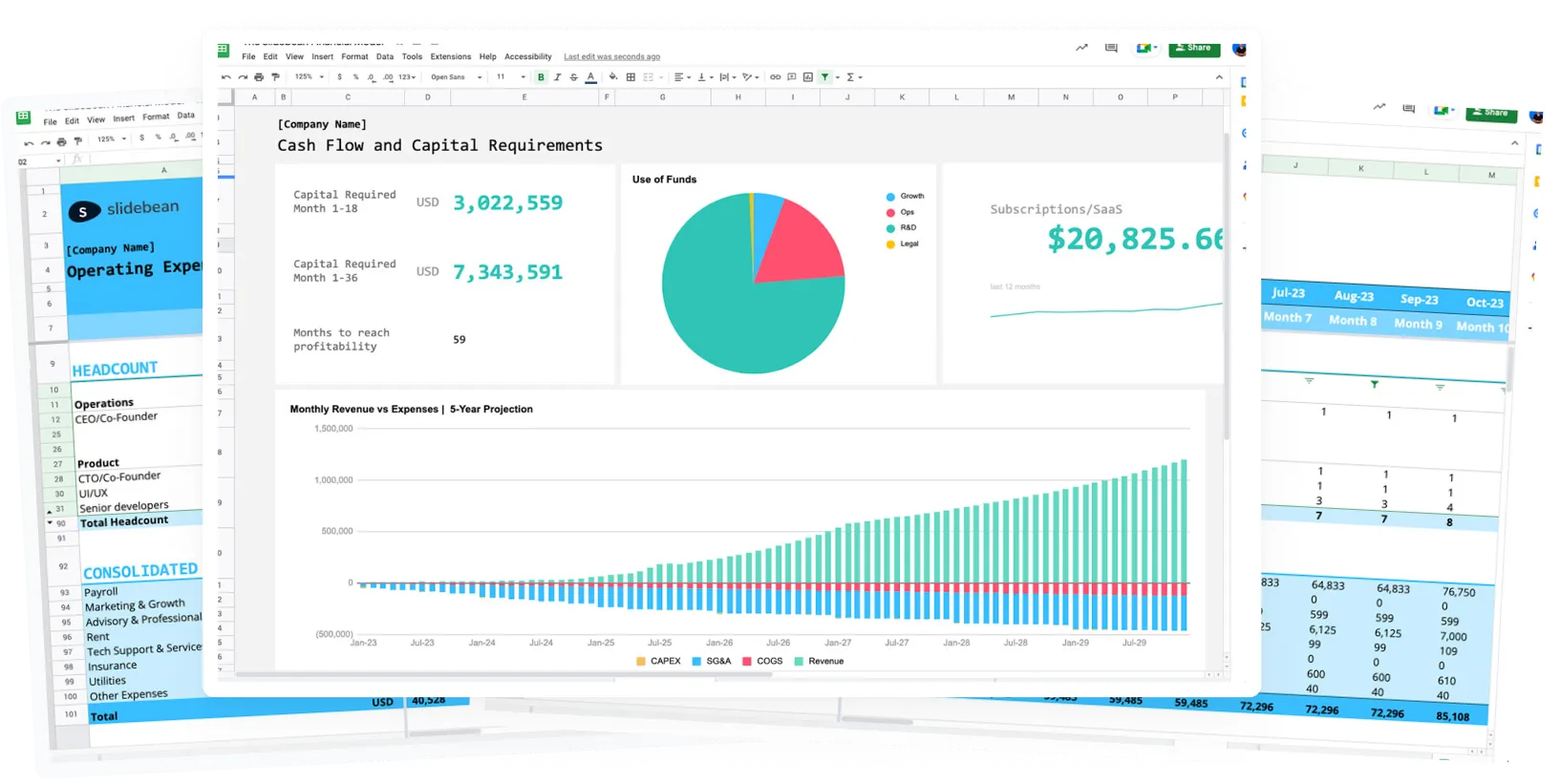
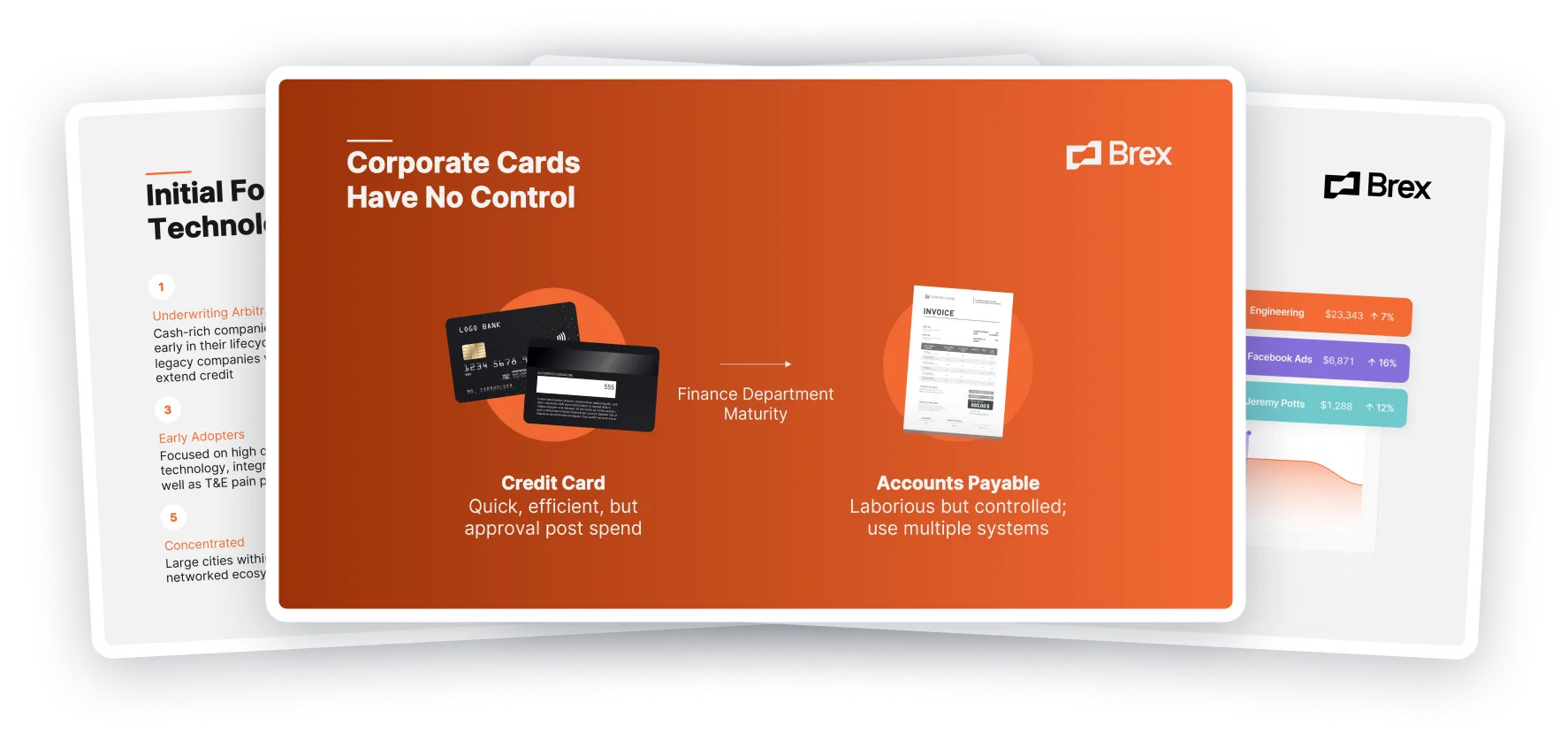
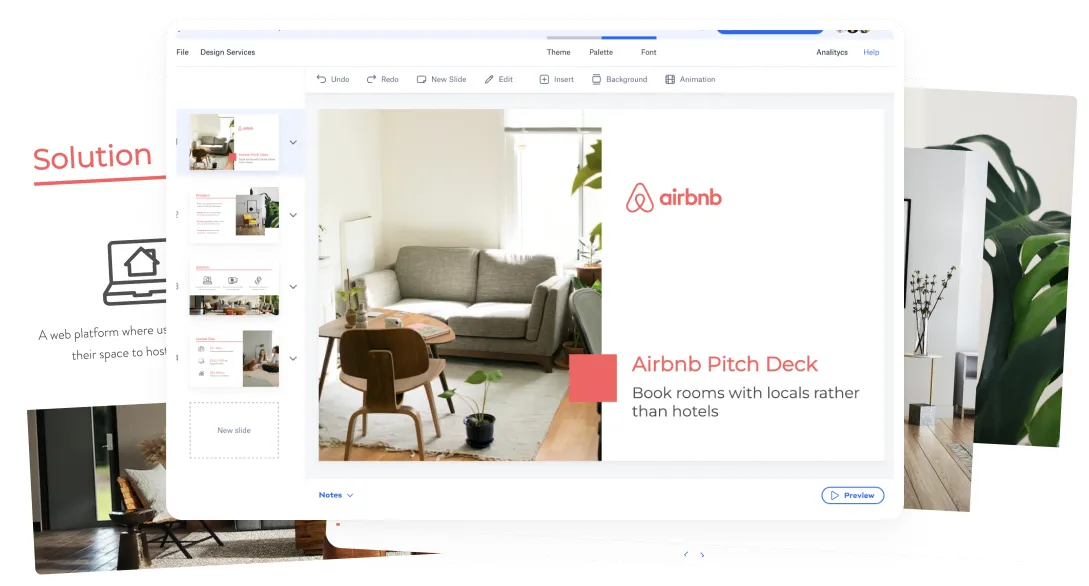

.avif)

